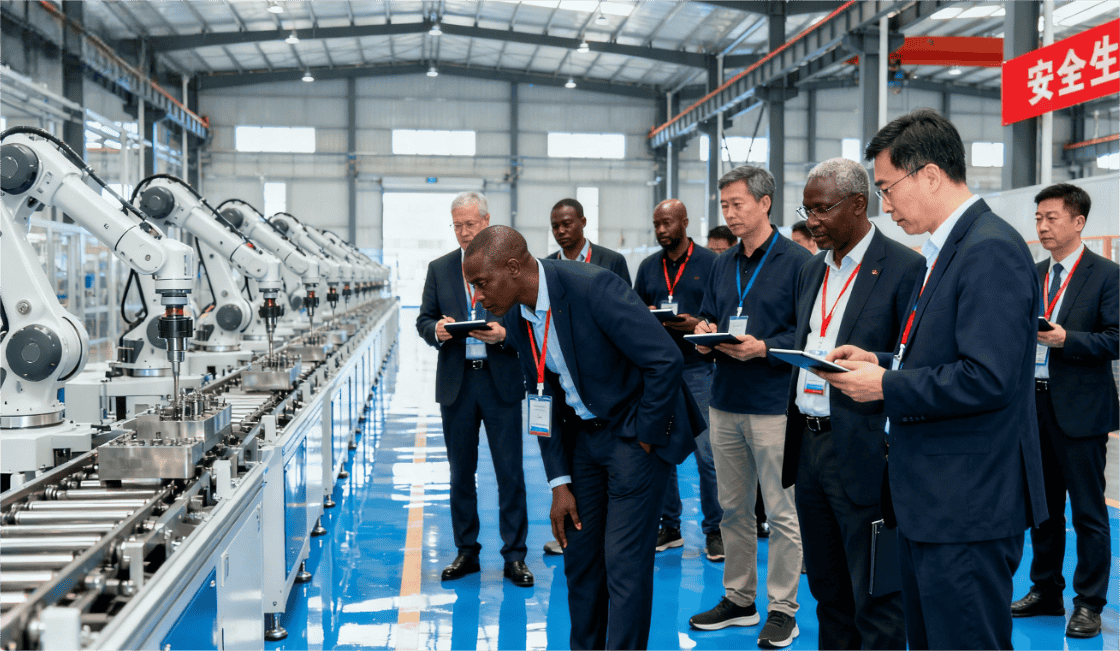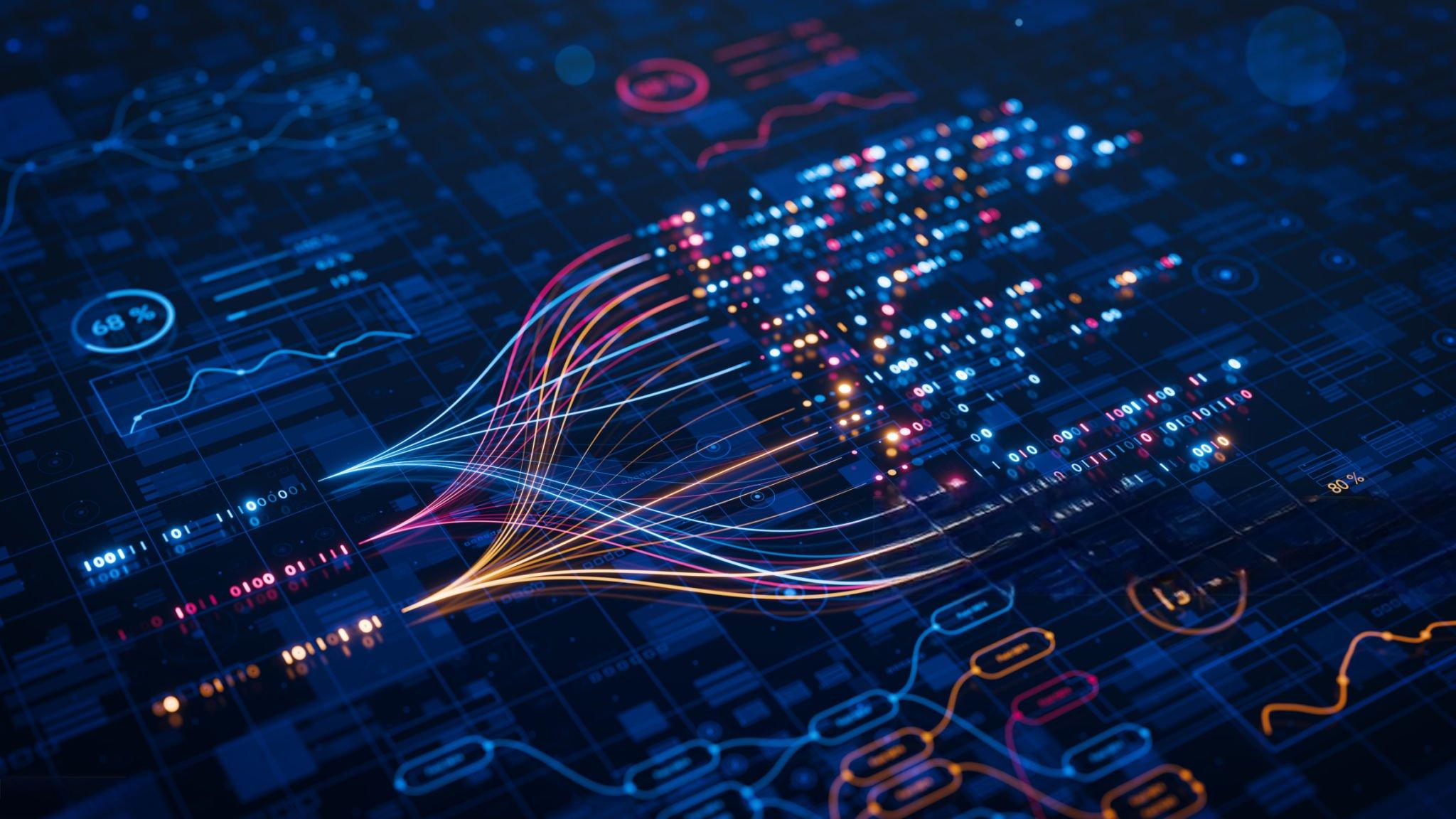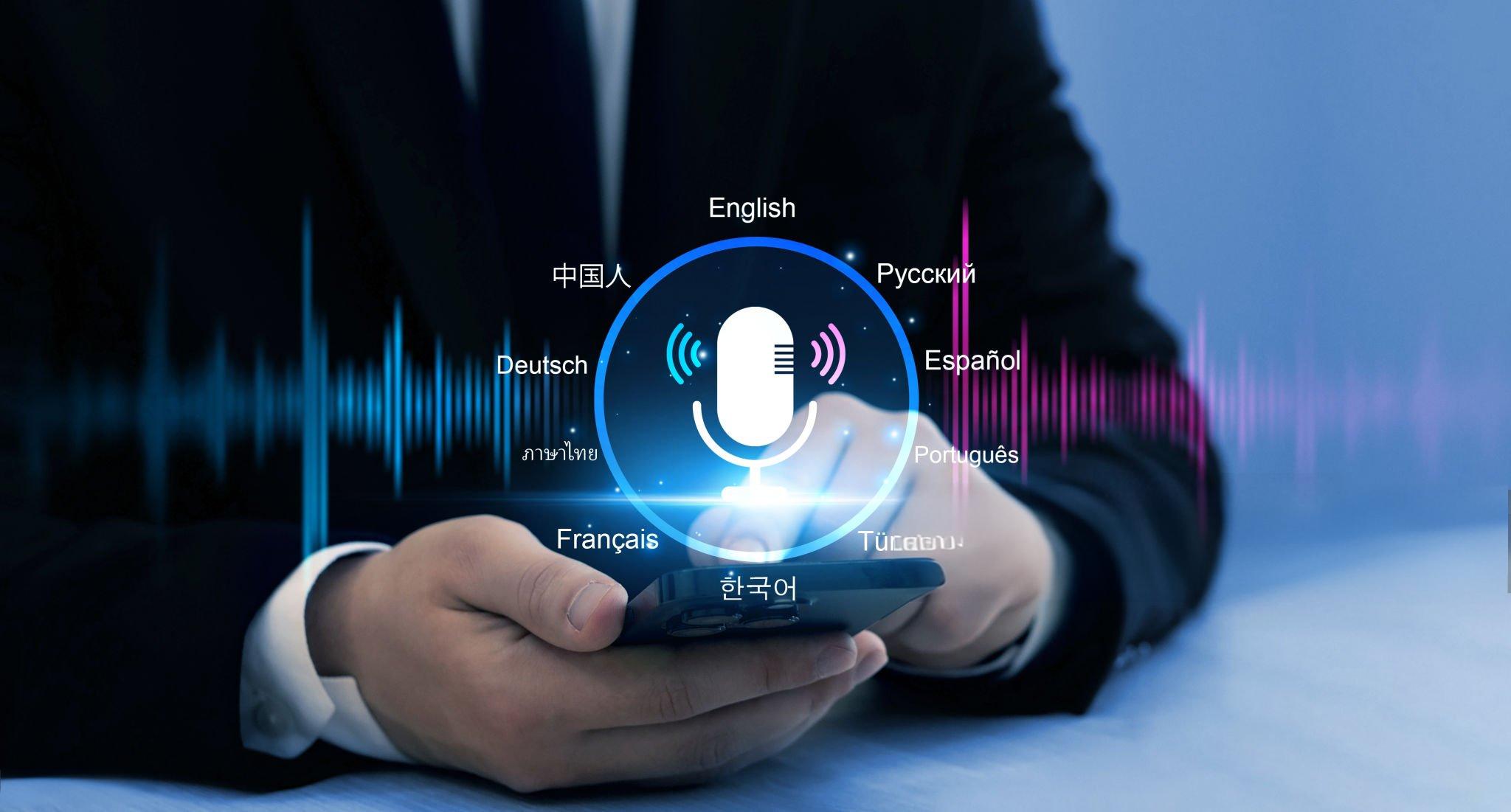In today's fast-paced global market, businesses are expanding across borders faster than ever, and clear, consistent communication in multiple languages is no longer a luxury—it's a necessity. Whether you're launching a product in new regions or localizing marketing materials, the right translation tools can make all the difference. Enter Translation Memory (TM) and Termbase (also known as a glossary)—two powerhouse technologies that not only streamline the translation process but also deliver real savings on costs while maintaining ironclad consistency. Drawing from years of hands-on experience in the field, let's break down what these tools are, how they work, and why they're game-changers for companies looking to scale efficiently.
Understanding Translation Memory: Reusing the Past to Build the Future
Imagine translating a lengthy user manual for your software, only to realize that half the content repeats phrases from last year's version. Without the right setup, your translators might end up reworking those sections from scratch, driving up time and expenses. This is where Translation Memory steps in as a smart, database-driven solution.
At its core, Translation Memory is a linguistic database that stores previously translated segments—think sentences, paragraphs, or even phrases—in both the source and target languages. When new content comes in, the TM system scans it for matches or similarities to what's already stored. Exact matches (often called "100% matches") can be automatically reused, while fuzzy matches (say, 70-99% similar) get flagged for quick edits. This isn't just about automation; it's about building efficiency over time.
The financial upside is compelling. According to industry insights from ATL Translate, leveraging TM can slash translation costs by as much as 50.8% compared to starting fresh without any tools. That's because repeated text gets discounted or even waived in pricing models—translators focus only on new or tweaked content. Over multiple projects, these savings compound. For instance, a study highlighted by Redokun notes that the more you translate, the greater the leverage from recycled segments, potentially reducing overall expenses as your TM grows richer with each job. In one real-world case from Translations.com, a centralized TM system delivered over $725,000 in savings through repetitions and memory reuse alone.
But it's not just about the bottom line. TM ensures that your messaging stays uniform, avoiding embarrassing slip-ups like varying product descriptions across documents. For businesses in regulated industries like tech or healthcare, this consistency isn't optional—it's essential for compliance and brand trust.
The Role of a Termbase: Locking in Consistency with Precision
While TM handles broader segments, a Termbase—or glossary—zooms in on the specifics. Think of it as your company's personalized dictionary for key terms: brand names, product models, technical jargon, or industry-specific lingo. Each entry pairs a source term with its approved translation(s), often including definitions, context notes, and usage guidelines.
Why does this matter? Inconsistent terminology can erode your brand's credibility. Picture a global campaign where "sustainable sourcing" gets translated differently in French versus Spanish—suddenly, your eco-friendly message feels muddled. A well-maintained Termbase prevents this by enforcing uniform usage across all files and languages. As Language Scientific points out, it provides a standardized approach that guarantees key terms are handled accurately every time, fostering a unified voice no matter the project scale.
The benefits extend to efficiency too. By eliminating repetitive research—translators don't have to hunt for the right word each time—a Termbase cuts down on time and revisions. Research from sources like Planet Languages emphasizes how this leads to faster workflows and lower costs, as errors from inconsistent terms are minimized upfront. In fact, when paired with other tools, it can accelerate translation speed and reduce last-minute fixes, as noted in Weglot's analysis of localization projects. Over time, this translates to tangible savings: fewer hours billed, fewer revisions, and a smoother path to market.
Combining TM and Termbase: A Synergistic Approach for Long-Term Wins
The real magic happens when TM and Termbase work in tandem. TM pulls in reusable segments, while the Termbase overlays precise terminology, creating a seamless, high-quality output. This duo doesn't just save translation costs—it builds a cumulative advantage. The longer you collaborate with a translation partner, the more robust these databases become, tailored specifically to your brand's voice and needs.
Take Artlangs Translation, for example—a seasoned player in the localization space with expertise spanning over 230 languages. For years, they've specialized in everything from core translation services to video localization, short drama subtitling, game localization, and multilingual dubbing for audiobooks and shorts. Their track record includes standout cases where TM and Termbase integration turned chaotic multilingual rollouts into streamlined successes. One client in the gaming industry saw repeated UI elements translated consistently across updates, slashing costs by leveraging historical data while ensuring slang and character names stayed spot-on in every market. It's this depth of experience that shows how these tools evolve with your business, turning one-off projects into efficient, cost-optimized partnerships.
Data backs this up: A Phrase survey referencing CSA Research found that 86% of respondents experienced faster turnaround times and higher revenue through effective TM use, amplified by strong terminology management. In essence, investing in these technologies means your translation consistency improves with each iteration, and those savings on translation costs keep growing—encouraging a shift from transactional dealings to enduring collaborations that pay dividends.
Why Now Is the Time to Embrace These Tools
As businesses navigate an increasingly multilingual world, skimping on translation tech is a risk you can't afford. TM and Termbase aren't just buzzwords; they're proven strategies that deliver measurable results in efficiency, quality, and savings. Whether you're a startup dipping into international waters or an established firm refining your global presence, partnering with experts who master these tools—like those at Artlangs with their wealth of localization know-how—can transform your approach.
Ready to see how much you could save while boosting your brand's consistency? Start by auditing your current translation processes and exploring a tailored setup. The payoff? A leaner budget, sharper messaging, and a competitive edge that lasts.











